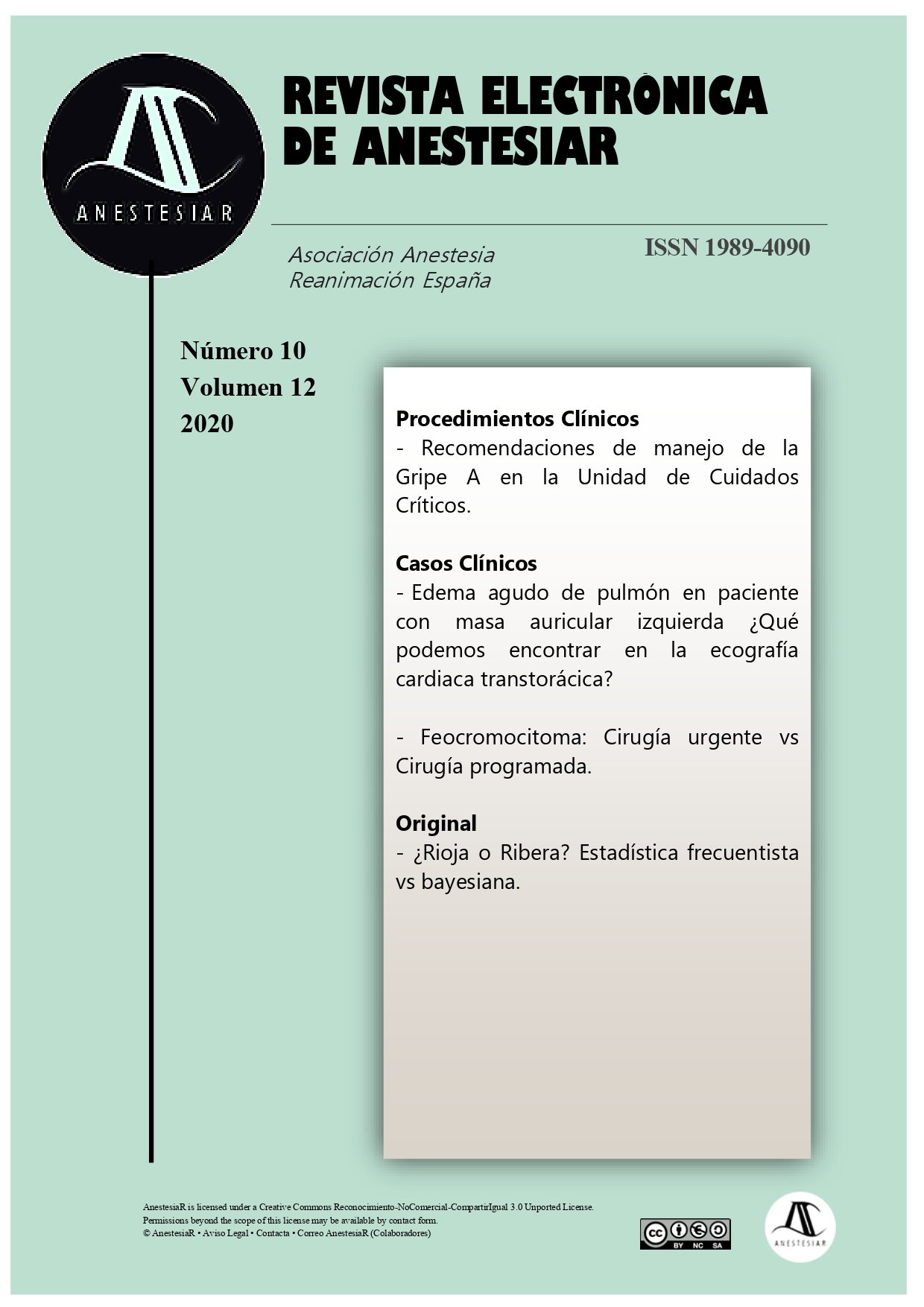Rioja or Ribera? Frequentist vs Bayesian statistics.
DOI:
https://doi.org/10.30445/rear.v12i10.892Keywords:
Frequentist statistics, Bayesian statistics, sample size, hypothesis contrast, statistical significanceAbstract
Frequentist statistics, the best known and to which we are most accustomed, is the one that is developed according to the classic concepts of probability and hypothesis testing. For its part, Bayesian statistics incorporates external information into the study that is being carried out, so that the probability of a certain event can be modified by the previous information that we have on the event in question. We review some of the arguments against the frequentist approach, which are based on a misuse of its methodology rather than on the method's own weaknesses.
References
- Silva LC, Benavides A. El enfoque bayesiano: otra manera de inferir. Gac Sanit.2001;15:341-6.
- Greenland S, Senn SJ, Rothman KJ, Carlin JB, Poole C, Goodman SN, et al. Statistical tests, P values, confidence intervals, and power: a guide to misinterpretations. Eur J Epidemiol.2016;31:337-50.
Downloads
Published
How to Cite
Issue
Section
License
Copyright (c) 2020 Revista Electrónica AnestesiaR

This work is licensed under a Creative Commons Attribution-ShareAlike 4.0 International License.
 Envío y derechos de autor
Envío y derechos de autor


 Revista Electrónica AnestesiaR by
Revista Electrónica AnestesiaR by 